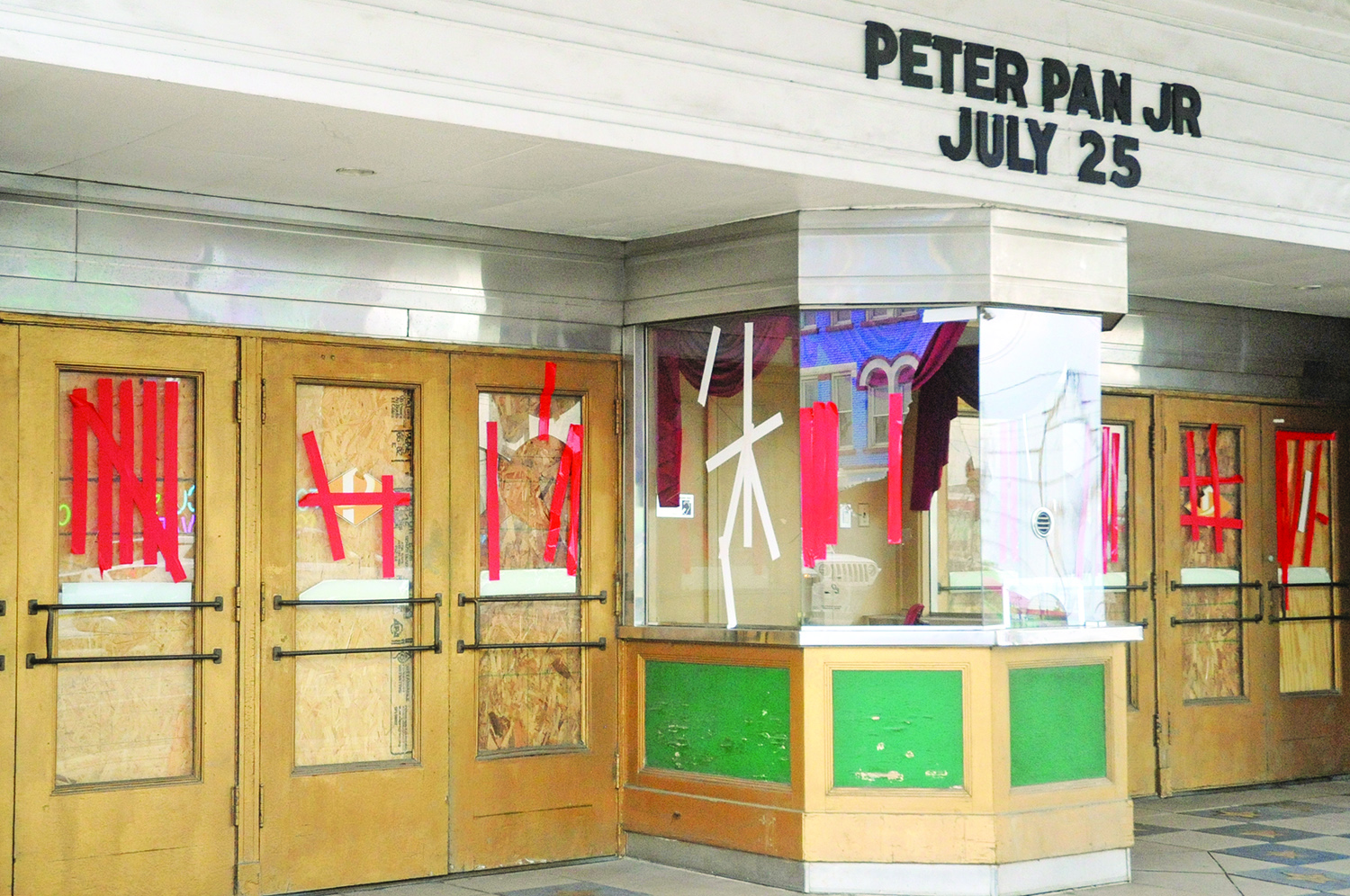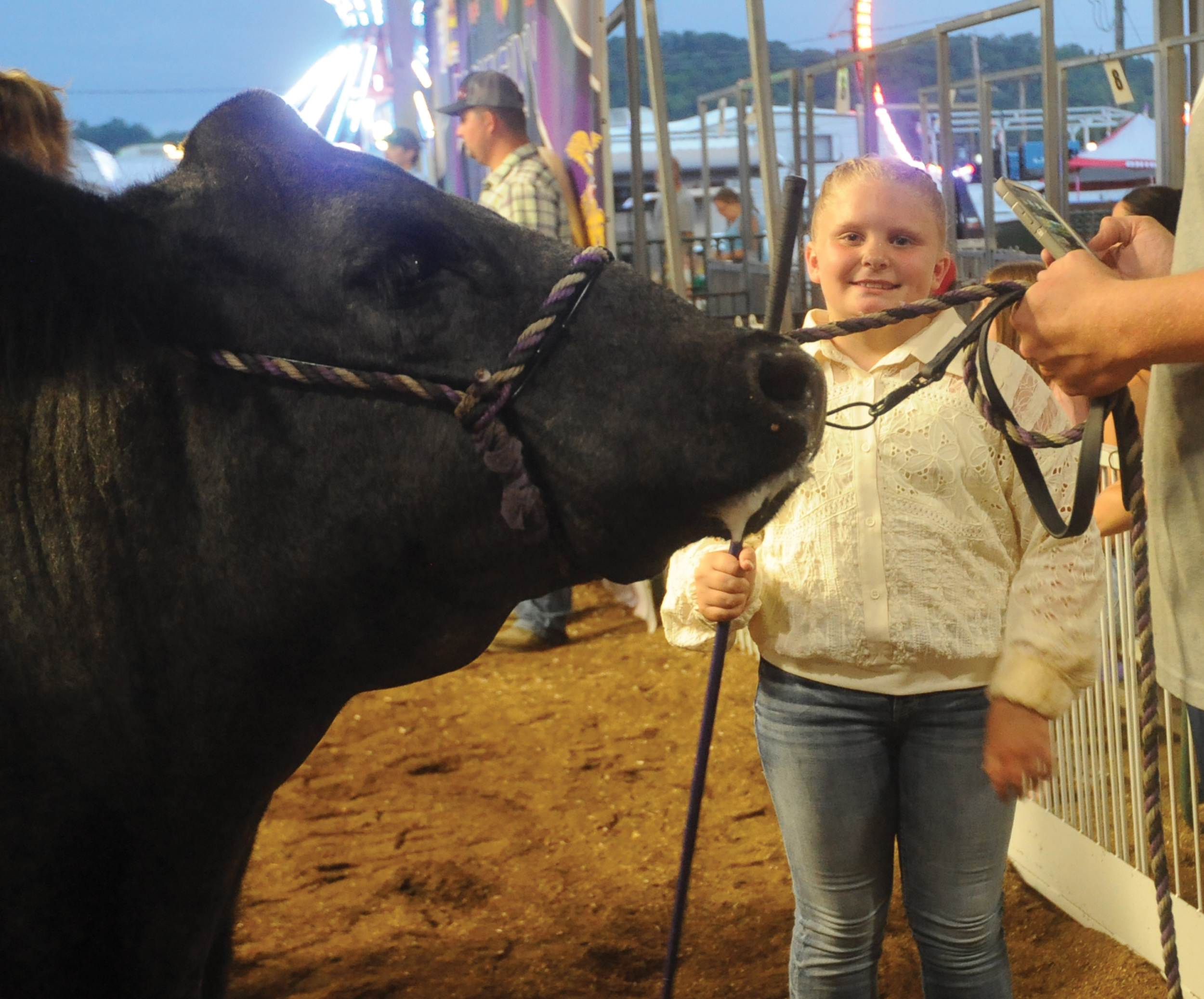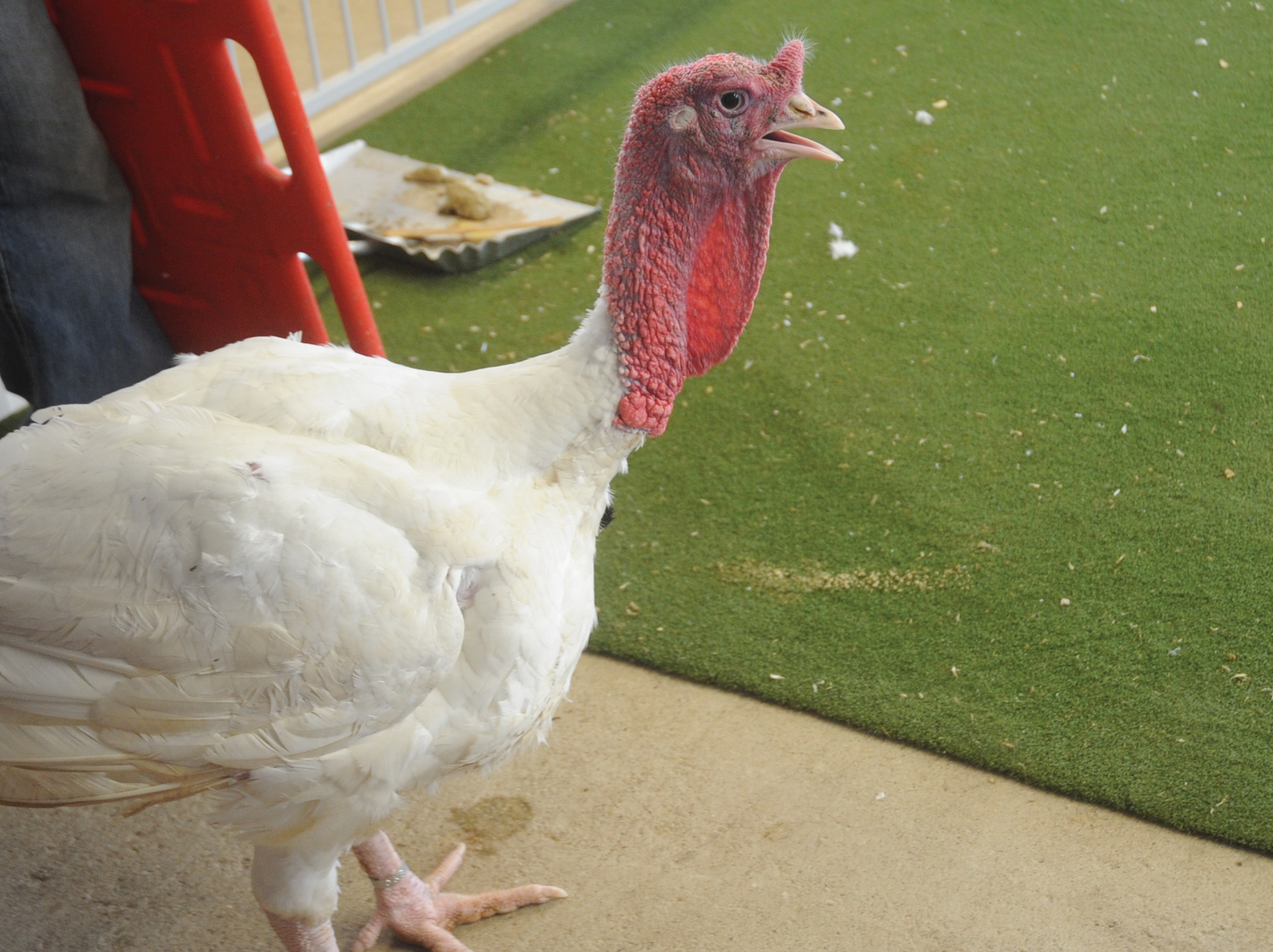PROFILE: Keeping feet healthy
Published 10:34 am Monday, February 23, 2009
If the shoe fits, wear it. If it doesn’t, you may be in for a couple of aching feet and a doctor’s order for a new pair of kicks.
One place to go for relief is Unger’s Shoes in Ironton where Joe Unger and his staff of shoe specialists are always prepared to wait on their customers foot and foot.
But what Unger can uniquely offer to the community is his expertise in pedorthics, the design, manufacture, modification and fit of footwear to alleviate lower-limb problems, as defined by the Pedorthic Footwear Association.
Trending
A board-certified pedorthist, Unger said he decided to pursue certification because the world was moving in that direction. But it is certainly his passion for his customers that keeps him motivated and insistent on correcting the community’s feet.
“The entire body uses feet as a foundation,” Unger said. “If your feet hurt, you can’t really perform well at work because you’re always hunting for a chair. At home, it affects your quality of life because you just want to take your shoes off and collapse.”
As a pedorthist, Unger can read and fill prescriptions for orthopedic shoes.
Also an orthopedic shoe technician, he has the capabilities to disassemble and reassemble shoes with the modifications necessary for each individual.
Orthopedic shoes are made specifically for a customer and can be corrective or simply accommodative to relieve general pain.
The No. 1 problematic foot ailment is simply shoe size, Unger said.
Trending
“Ninety-nine out of 100 people who come into the store for the first time leave in a different shoe size than they came in with,” Unger said. “And most of them say they have not had their feet measured in 25 years.”
This is commonplace for the quaint little shoe store, though. Each customer is measured with an old-fashioned Brannock device to determine the appropriate shoe size.
But sometimes foot problems stem from larger, more serious issues than simply the number on the inside tongue of a shoe.
Diabetes can lead to loss of circulation to lower limbs resulting in numbness, Unger said, after which he grabbed a handout devoted entirely to shoe-fit tips for diabetics. Rheumatoid arthritics and athletes are also frequent customers.
Congenital conditions such as knock-knees and bowed legs are also typical indications of a need for pedorthics. And a need is usually what leads customers to Unger’s, the owner said.
“Nobody hears about us until they need us,” Unger said. “But you don’t always have to have a prescription. People come in with hurting feet all the time.”
Most non-serious foot problems are preventable, though. Calluses, bunions, ingrown toenails and corns are all examples of the body’s response to some sort of trauma, and the key is to eliminate the initial trauma.
According to Unger the best preventative method is to get into an appropriate shoe. Poorly shaped and poorly fitted shoes are the cause of most foot problems.
“You can have the world’s best shoe, but if it is not fitted correctly, you will still have problems,” Unger said.
But he is consistently ready for whatever needs a customer may present. Apart from his 1,000 hours of pedorthics apprenticeship, bachelor’s degree in business administration and retain management from Ohio State University and 80 hours of pedorthic-specific coursework, Unger fulfills annual continuing education requirements for his certification.
For the future, expansion may be a ways off. Unger said he is currently focusing on enhancing the historic character of the physical location of his company, which was recently added to the National Register of Historic Places.
“We are a nostalgic, historic business,” Unger said, “and the fact that we are now located in a building that has been recognized nationally because of its historic tradition is just icing on the cake of the experience we offer.”
The old-fashioned, customized service is Joe Unger’s pride and joy, and precisely what keeps his faithful customers returning year after year.
Profile 2009 is The Tribune’s annual section about the people, places and issues of Lawrence County and the surrounding area.





